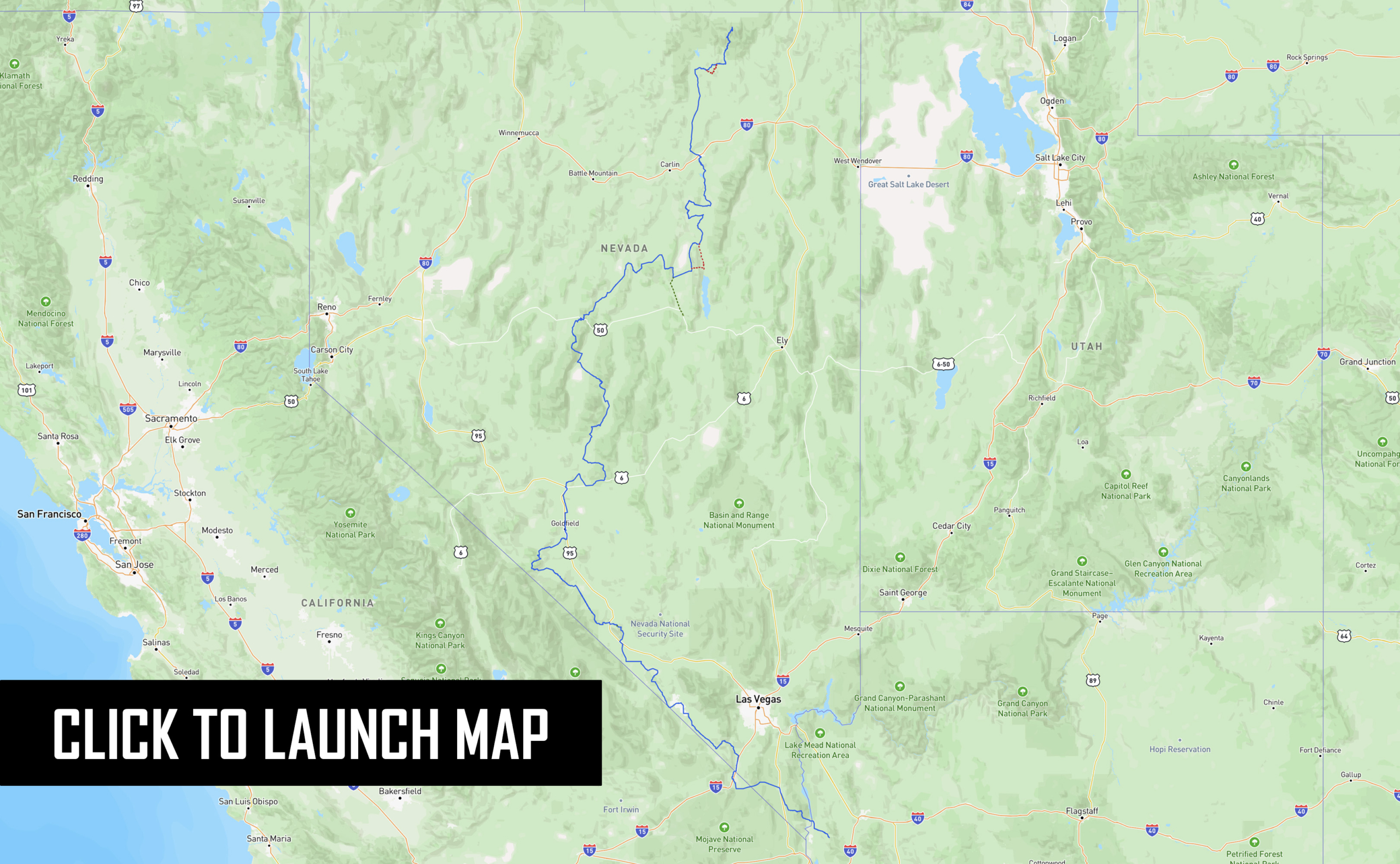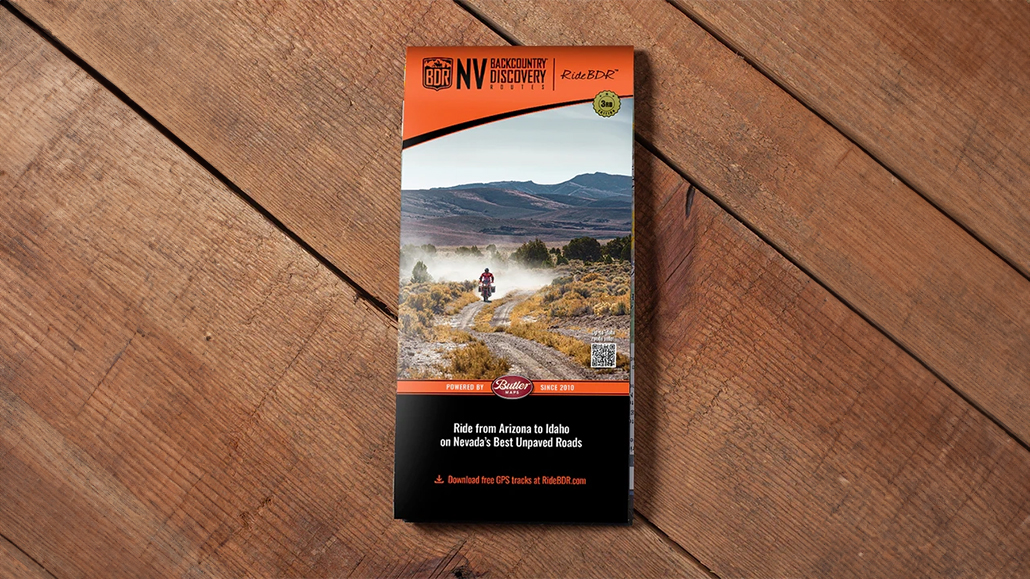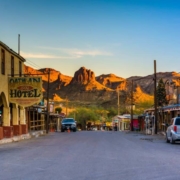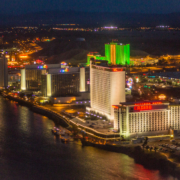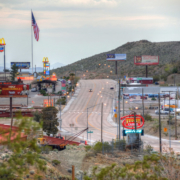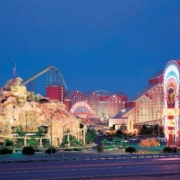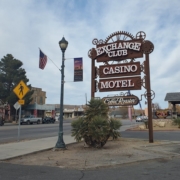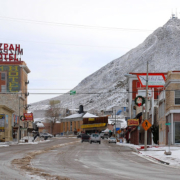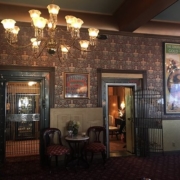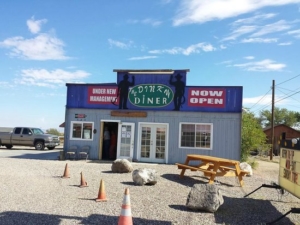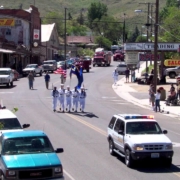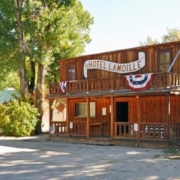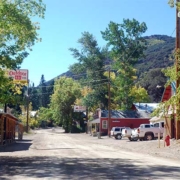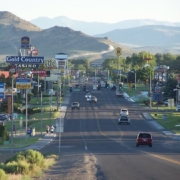Nevada Backcountry Discovery Route
BDR announces its seventh route, the NVBDR, produced in partnership with the American Honda Motor Co. Inc, TravelNevada and RideNow Vegas.
The NVBDR release includes free GPS tracks and route travel information on the BDR website, a waterproof map from Butler Motorcycle Maps, and expedition documentary DVD produced by ColorBlind, and BDR Documentary Films.
The NVBDR is a scenic ride across Nevada, beginning in Oatman, AZ, and finishing in Jarbidge, NV. Created for dual-sport and adventure motorcyclists, this 900-mile south-to-north route primarily uses dirt roads to lead riders through Nevada’s expansive deserts, open sagebrush valleys, and seemingly endless mountain ranges.
In rural Nevada, you’ll experience historic saloons and relics from it’s rich mining history. The state’s maverick spirit remains, and you’ll see ghost towns, artifacts, desert sculptures, murals, the world’s largest car forest, jackrabbits, antelope and even wild mustangs.
Most importantly, the film reveals miles of meandering two-track roads that are just perfect for spending time on an adventure motorcycle.

